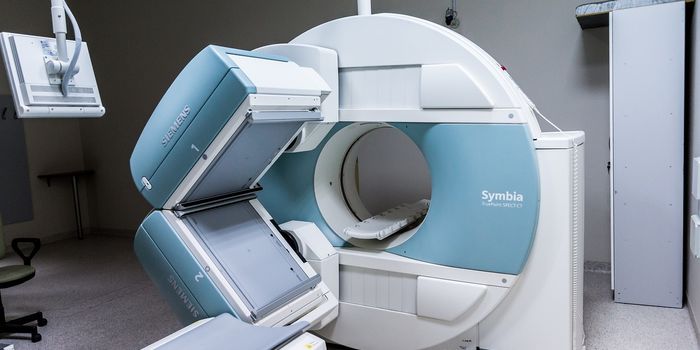Cancer Patients at Elevated Risk of Suicide
A recent report published in JAMA Network Open investigated the suicide risk associated with cancer in the United States. The report finds the incidence of suicide significantly increased in cancer patients compared to the general population.
Over 16,000,000 participants (48.5% female and 51.5% male) represented 43 states. The population included American Indian/Alaska Native/Asian/Pacific Islander (3.5%), Hispanic (7.5%), non-Hispanic Black (1.6%), and non-Hispanic White (78.4%) participants. Patients experienced various cancers, and the most prevalent cancer sites included prostate (15.3%), female breast (14.9%), lung (13.2%), and colorectal (9.6%). About 11% of participants in the study experienced multiple cancer diagnoses throughout the follow-up time.
During the study, 47.5% of the patients died, about 20,000 (0.3%) of which occurred by suicide. Suicide in males occurred more commonly than in females (784.5% versus 15.5%). The analysis revealed that the risk of suicide decreased with a longer time from diagnosis. About 20% of the suicide deaths occurred within six months of diagnosis and 43.5% within two years of diagnosis.
The study reported higher suicide risk among Hispanic and American Indian/Alaska Native/Asian/Pacific Islander cancer patients compared to counterparts from the same racial/ethnic background in the general population. Similarly, among males, cancer patients had a higher risk of suicide than the general population. Cancer patients insured with Medicare or Medicare, through Veteran’s Affairs, Indian Health Service, and Public Health Service, or uninsured also experienced higher suicide risk than their counterparts.
Participants living in some states, including Alaska, North Dakota, Nebraska, and New Mexico, had the highest mortality rate for suicide, and Wyoming had the lowest mortality rate for suicide.
The study revealed some associations between suicide risk and specific cancer types. Higher suicide risks appeared in cancers with a poor prognosis and significant symptoms, including throat, esophagus, stomach, brain, pancreas, and lung cancers. When considering the deaths occurring more than two years after diagnosis, cancers with long-term negative impacts on quality of life, including throat, blood, breast, uterine, and bladder cancer, had the highest suicide risk.
Overall trends of suicide deaths among cancer patients decreased from 2000 to 2010, but the suicide risk remains elevated among cancer patients. Oncologists and healthcare professionals should consider this added factor in patient treatment plans. Standardizing procedures to include mental health professionals in the treatment plan, particularly for those at the highest risk for suicide, could have a meaningful impact on survivorship and improve the quality of life for cancer survivors.
Sources: JAMA Network Open









